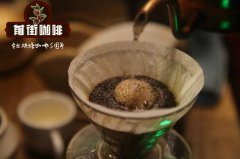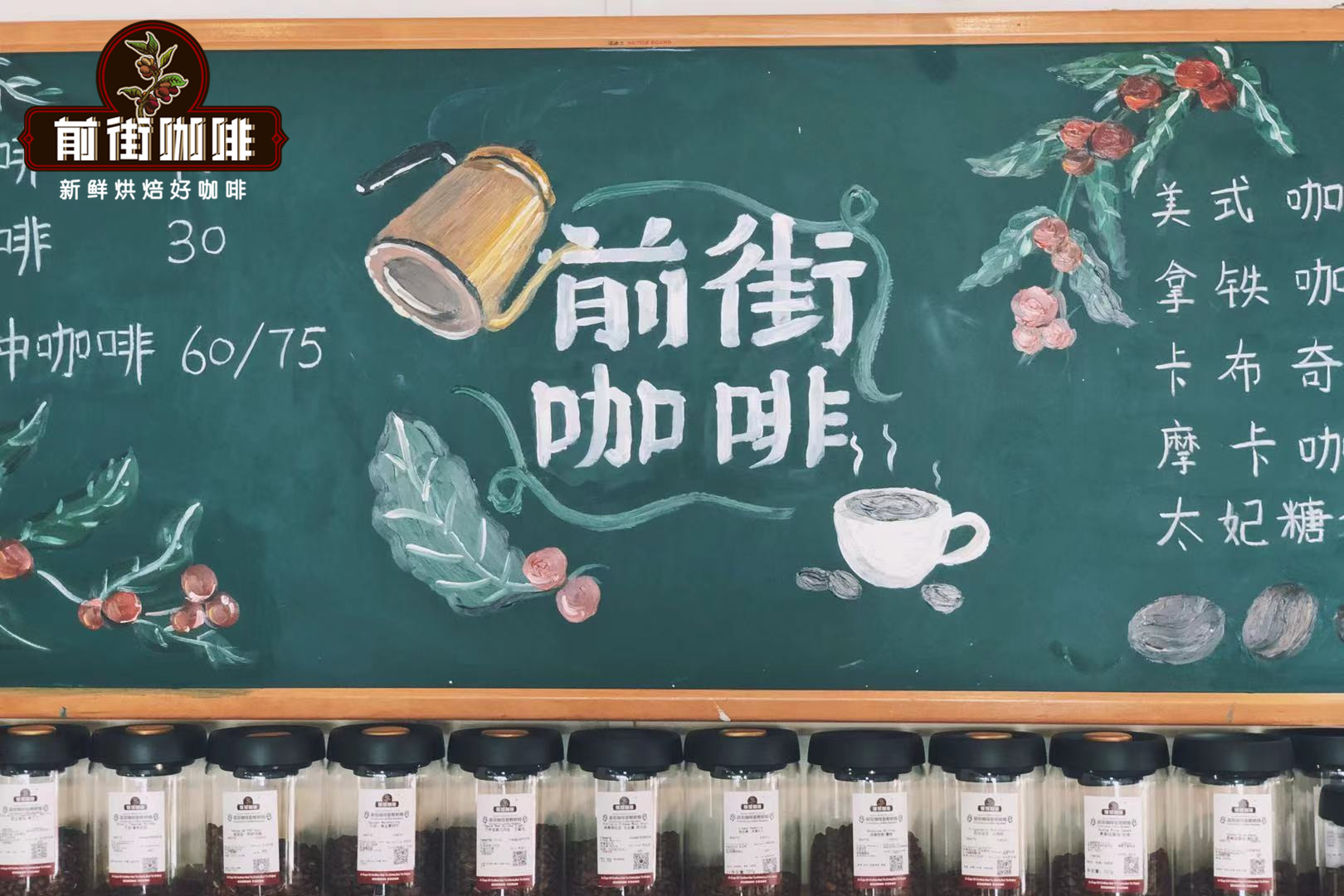Essegugi Coffee Allona Co-operative Flavor Features_About Enona Co-operative

Professional coffee knowledge exchange more coffee bean information please follow the coffee workshop (Wechat official account cafe_style)
Guji Enonna Guji Allona
Guojia: Ethiopia Ethiopia
Producing area: Guji Guji
Class: Grade 1
Treatment method: washing treatment method Washed Process
Variety: local native species Heirloom Varieties
Sea pull: 2000-2100 meters
Wind flavor: citrus, grapefruit, golden sugar, black tea
The village of Enonna (Allona Village) is located in the Guji Highlands of Oromia State in southern Ethiopia. In the village of Enongna, which lies between 2000 and 2100 meters above sea level, because of its unique micro conditions, the coffee produced in the region has a unique pink berry flavor, fresh acidity and a refreshing tropical fruit finish.
The cooperative's own farm area is about 200 acres. Together with the farmers registered to hand in berries in the village of Enongna, the total coffee planting area is about 400 acres. The annual output is about 15-17 containers, most of which are sun-treated beans, of which only about 5 containers are washed beans.
The manager of the Enonna cooperative is Mr. Wodesa Yachisi. When the younger Mr. Wodesa Yachisi took over the management, it gave the Enonna cooperative a leading advantage and began to innovate in terms of varieties, selecting two subspecies, Wolicho and Kurume, from Ethiopian native species in addition to the common Ethiopian native species. In order to comprehensively enhance the quality of cooperative products, apart from the co-operative's own management, it also provides other registered berry farmers with knowledge and education on seed picking and post-processing, that is, to promote the awareness of environmental protection in the cultivation of coffee while conserving the surrounding forests.
On the day of picking, farmers will send the picked coffee cherries to the wet treatment plant in the center of the village of Enonna. After the first round of grading of coffee cherries, the preliminary three steps of peeling, cleaning and grading according to weight will be completed on the day of picking. Shell beans coated with pectin will be fermented for 16-48 hours in a fermentation tank filled with water to remove pectin, depending on the weather at that time. The degummed shell beans will be screened for the third time in the washing channel because of the different density. Next, the shell beans will be dry on the tanning bed for 10-15 days. In the first few days, there will be cover care to avoid excessive exposure, and after a certain degree, the cover will be removed for direct sunlight exposure. During the drying process, regular and careful care is needed to turn the beans to ensure the uniformity of the dry. this step requires detailed care, and most of the local female employees are responsible for the exposure and turning work.
END
Important Notice :
前街咖啡 FrontStreet Coffee has moved to new addredd:
FrontStreet Coffee Address: 315,Donghua East Road,GuangZhou
Tel:020 38364473
- Prev

How about Panama coffee? Panama coffee is the most expensive? Roasting suitable for Panama coffee
Professional coffee knowledge exchange More coffee bean information Please pay attention to coffee workshop (Weixin Official Accounts cafe_style) Panama's coffee history In 1780, Europeans took the lead in bringing the first batch of Typica species [Note 1] to Panama, and then began the history of Panama coffee. For Panamanians at the time, such drinks were both novel and mysterious, and not only quickly
- Next

Colombia Moonlit Night and Rose Valley Coffee Bean Flavor Characteristics Colombia Coffee Bean Treatment
Professional coffee knowledge exchange More coffee bean information Please pay attention to coffee workshop (Weixin Official Accounts cafe_style) Colombia is a beautiful country located in the northwest of South America. The climate is pleasant and the seasons are like spring. This climate not only supports people, but also is very suitable for the growth of coffee trees. Colombia coffee exudes this light and elegant aroma, not as strong as Brazilian coffee, not
Related
- Detailed explanation of Jadeite planting Land in Panamanian Jadeite Manor introduction to the grading system of Jadeite competitive bidding, Red bid, Green bid and Rose Summer
- Story of Coffee planting in Brenka region of Costa Rica Stonehenge Manor anaerobic heavy honey treatment of flavor mouth
- What's on the barrel of Blue Mountain Coffee beans?
- Can American coffee also pull flowers? How to use hot American style to pull out a good-looking pattern?
- Can you make a cold extract with coffee beans? What is the right proportion for cold-extracted coffee formula?
- Indonesian PWN Gold Mandrine Coffee Origin Features Flavor How to Chong? Mandolin coffee is American.
- A brief introduction to the flavor characteristics of Brazilian yellow bourbon coffee beans
- What is the effect of different water quality on the flavor of cold-extracted coffee? What kind of water is best for brewing coffee?
- Why do you think of Rose Summer whenever you mention Panamanian coffee?
- Introduction to the characteristics of authentic blue mountain coffee bean producing areas? What is the CIB Coffee Authority in Jamaica?

